“About us” – GIOTTO Project Partners Interview
Mattia Pagani | Politecnico di Torino | PhD student
Short bio & role in the GIOTTO Project
I am a PhD student that worked in the GIOTTO project.
I graduated with a bachelor’s degree in Biotechnology from Univerity of Turin in 2016 and I obtained my master’s degree in industrial biotechnology in 2019. During my bachelor’s studies I did an internship in Developmental Biology and Neuroscience in the Molecular Biotechnology Center (MBC). For my Master thesis I spent time in M.O.F. (Functional Organic Materials) laboratories working on the synthesis and characterization of fluorescent NIR probes and on liposomes for the visualization of cell membranes. In May 2019 I won a position as research fellow in IRIS group at the Politecnico di Torino where I currently do a PhD in Material Sciences and Technology.
My role in GIOTTO project focuses on the synthesis of mesoporous bioactive glasses containing therapeutic ions followed by their surface functionalization and grafting of ICOS-Fc biomolecules. Furthermore, my research in the project consists also in the electrospinning of collagen membranes and in the development of crosslinking strategies of natural polymers used in medical devices. All these activities have the scope to develop a device to treat osteoporotic bone fracture in the pelvis bone.
What are the main tasks you carried out, and with which results?
The first task that I carried out is the development of a multifunctional material composed by mesoporous bioactive glasses (MBGs) with Sr in the silica framework to stimulate osteoblast activity and grafted with ICOS-Fc biomolecule (patented and provided by the partner of the GIOTTO project NOVAICOS) that can reversibly inhibit the osteoclast activity. By exploiting the combination of the strontium ions effects and ICOS-Fc activity can be obtained a synergistic effect. First, MBGs-Sr were synthetized by using two different methods: a base catalyzed sol-gel method in order to obtain nanoparticles, and an aerosol-assisted spray drying approach in order to obtain microparticles, obtaining a 10% mol of Sr present in the silica framework. After the synthesis, I functionalized the MBGs-Sr surface with amino groups and subsequently I grafted ICOS-Fc biomolecule by using an N-(3-Dimethylaminopropyl)-N′-ethylcarbodiimide (EDC)/ N-Hydroxysuccinimide (NHS) coupling reaction to link the amino groups of the particles with the carboxyl group of ICOS-Fc. The obtained particles resulted to have a maintained morphology, and maintained the ion release and bioactivity also after the grafting. Moreover, particles resulted to successfully inhibit the motility of only ICOSL positive cells (cells with the ligand of ICOS molecule), and the differentiation of monocyte derived osteoclasts, in analogy to free ICOS-Fc.
Then I focused on collagen electrospinning, a technique producing membranes that mimic the bone extracellular matrix and can produce types of devices with a flexibility that make it suitable for the treatment of fractures in difficult location (e.g., pelvis fractures). The first issue to consider was the dissolution of the collagen in a solvent for the electrospinning that does not denature the protein. Then, the collagen solution electrospinning was optimized considering all the different parameters of the process, in particular the concentration of the collagen in the solution and the instrument parameters, in order to obtain membranes with a good morphology.
Once the membranes were obtained; the next step was to optimize the crosslinking method (EDC/NHS coupling) in order to enhance the mechanical properties and the degradation time of the collagen membranes. In order to obtain a multifunctional device, I also electrospun the collagen solution with MBGs-Sr or Sr-nano-HA (provided by the partner of the GIOTTO project FLUIDINOVA) as inorganic phase considering different concentration of inorganic phase, obtaining collagen membrane fibers with a good morphology and a well dispersed inorganic phase.
The last issue considered was the effect of the acetic acid solution on the activity of ICOS-Fc grafted on MBGs-Sr. Since ICOS-Fc is very expensive, tests were performed only on MBGs-Sr-ICOS-Fc soaked in the acetic acid solution, both for nano- and microparticles in order to select the best type of MBGs to use as inorganic phase in the device. MBGs-Sr-ICOS-Fc microparticles were selected as inorganic phase since the contact with the acetic acid solution affects most the activity of MBGs-Sr-ICOS-Fc nanoparticles instead microparticles.
Has GIOTTO Project changed in some way your career or work?
Working in a European project, I learned to work taking into account the deadlines and consequently to organize myself to keep them. In addition, during my time working on the project, I also travelled abroad to one of our partners (FLUIDINOVA) to perform scale-up experiments from TRL3 to TRL5 of the synthesis of MBGs-Sr microparticles. Since it was the first time I went abroad alone, this has also given me the opportunity to grow as a person.
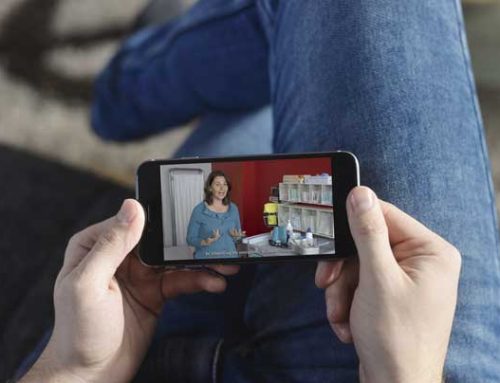
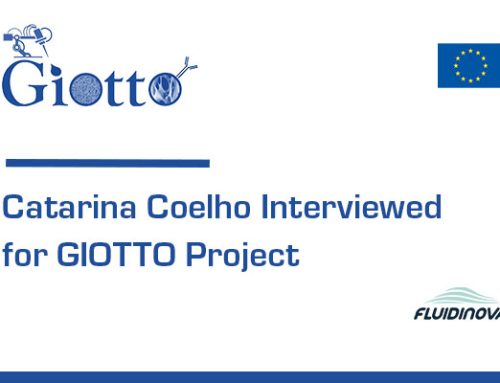
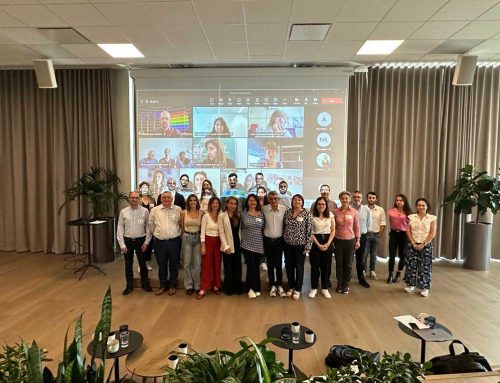
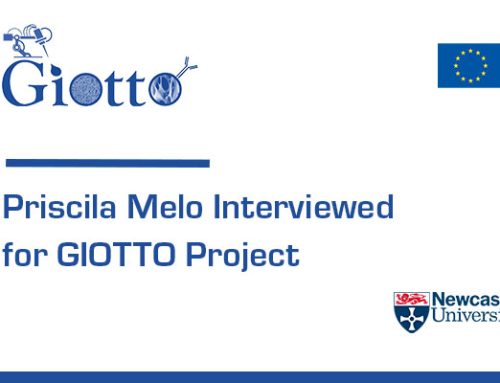
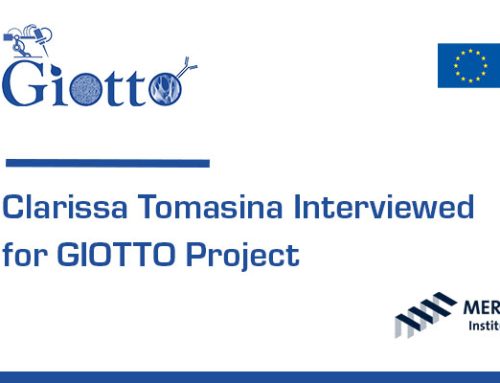
Leave A Comment